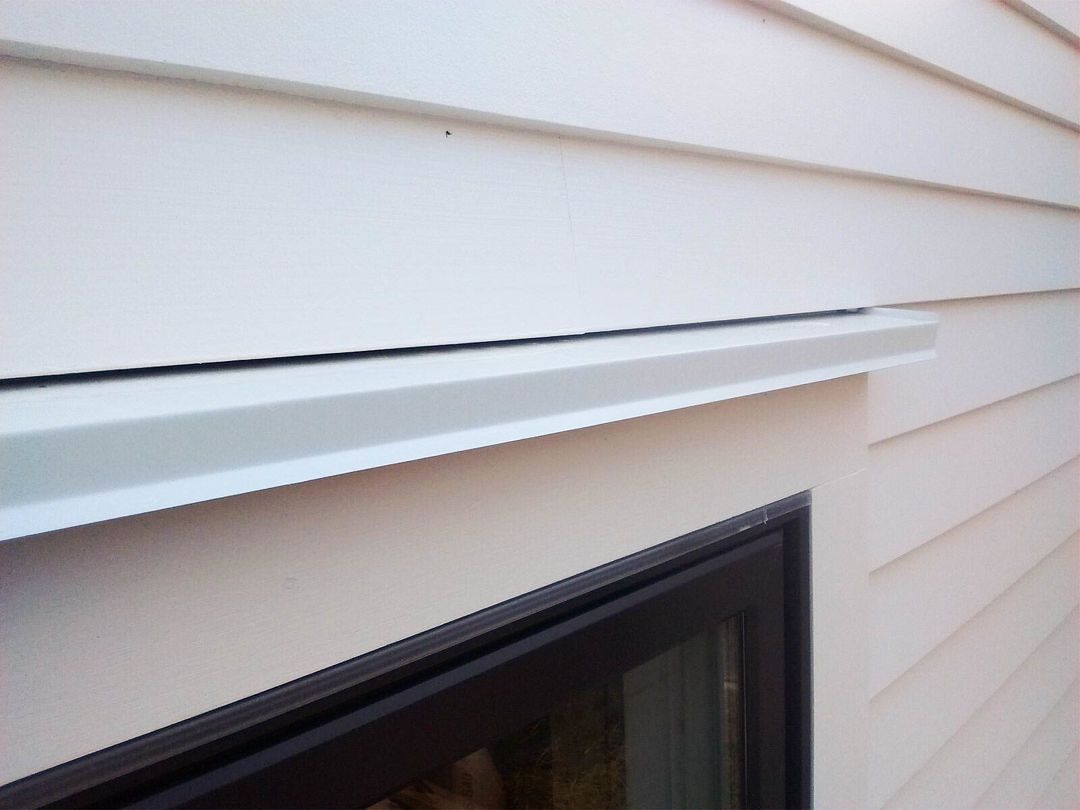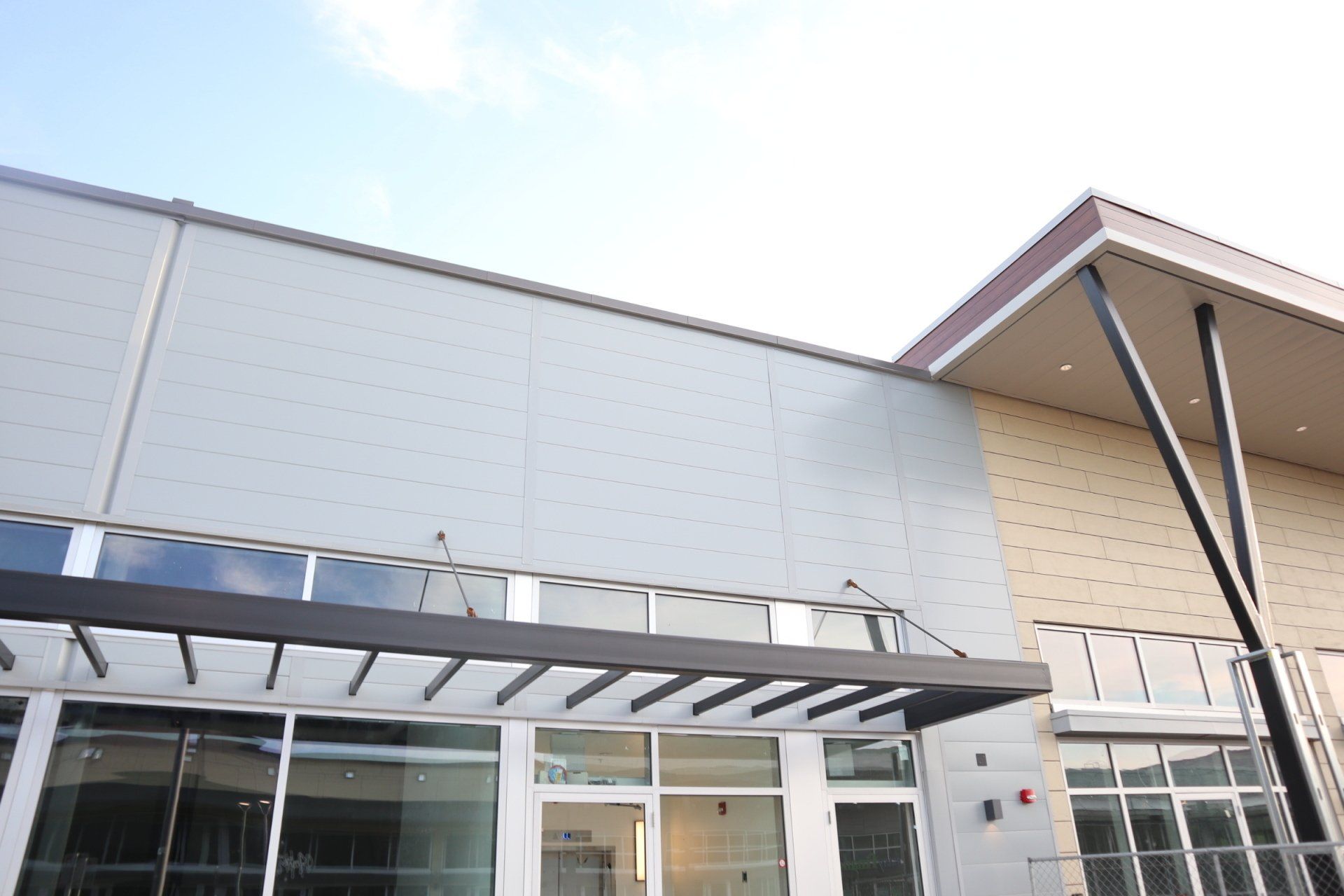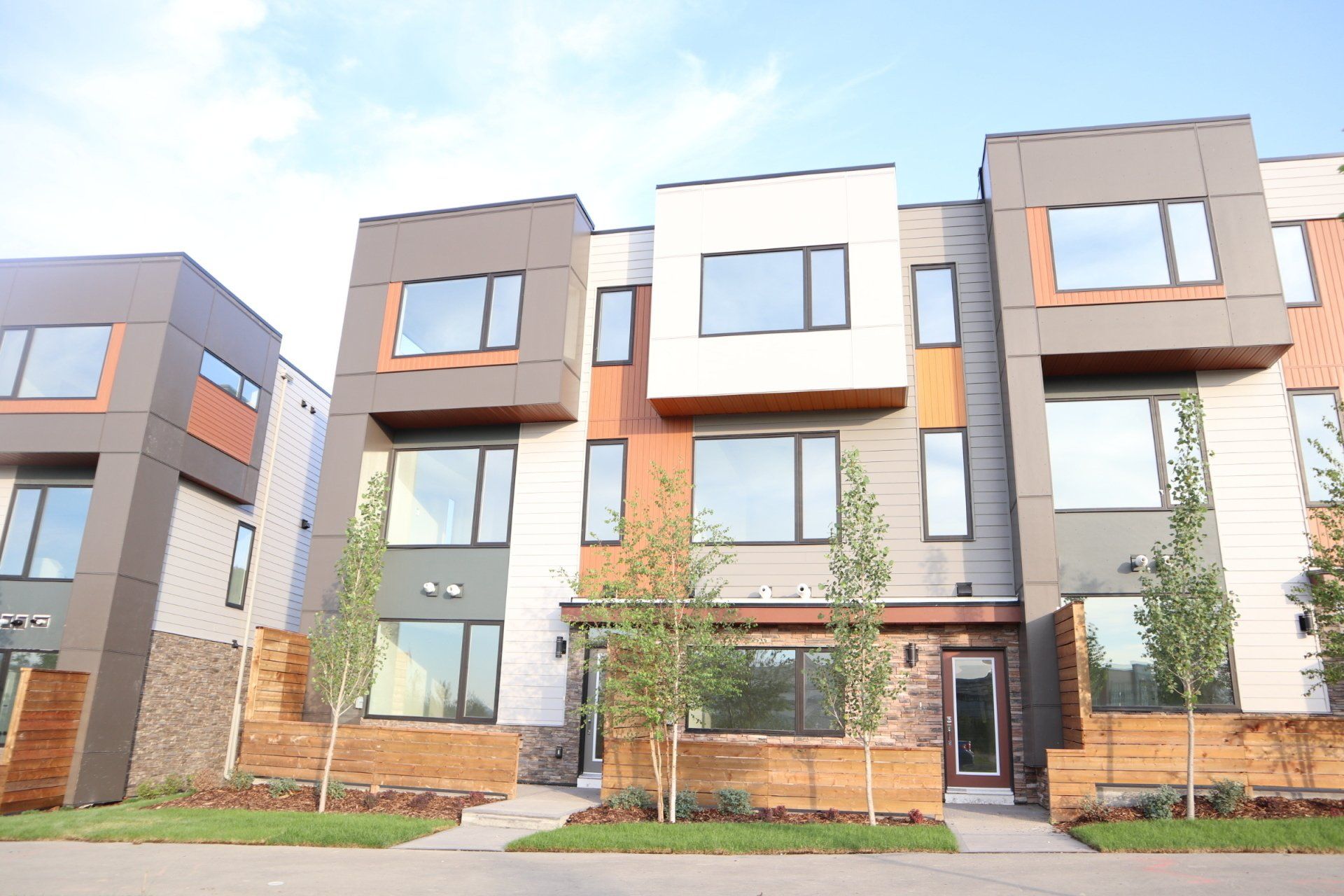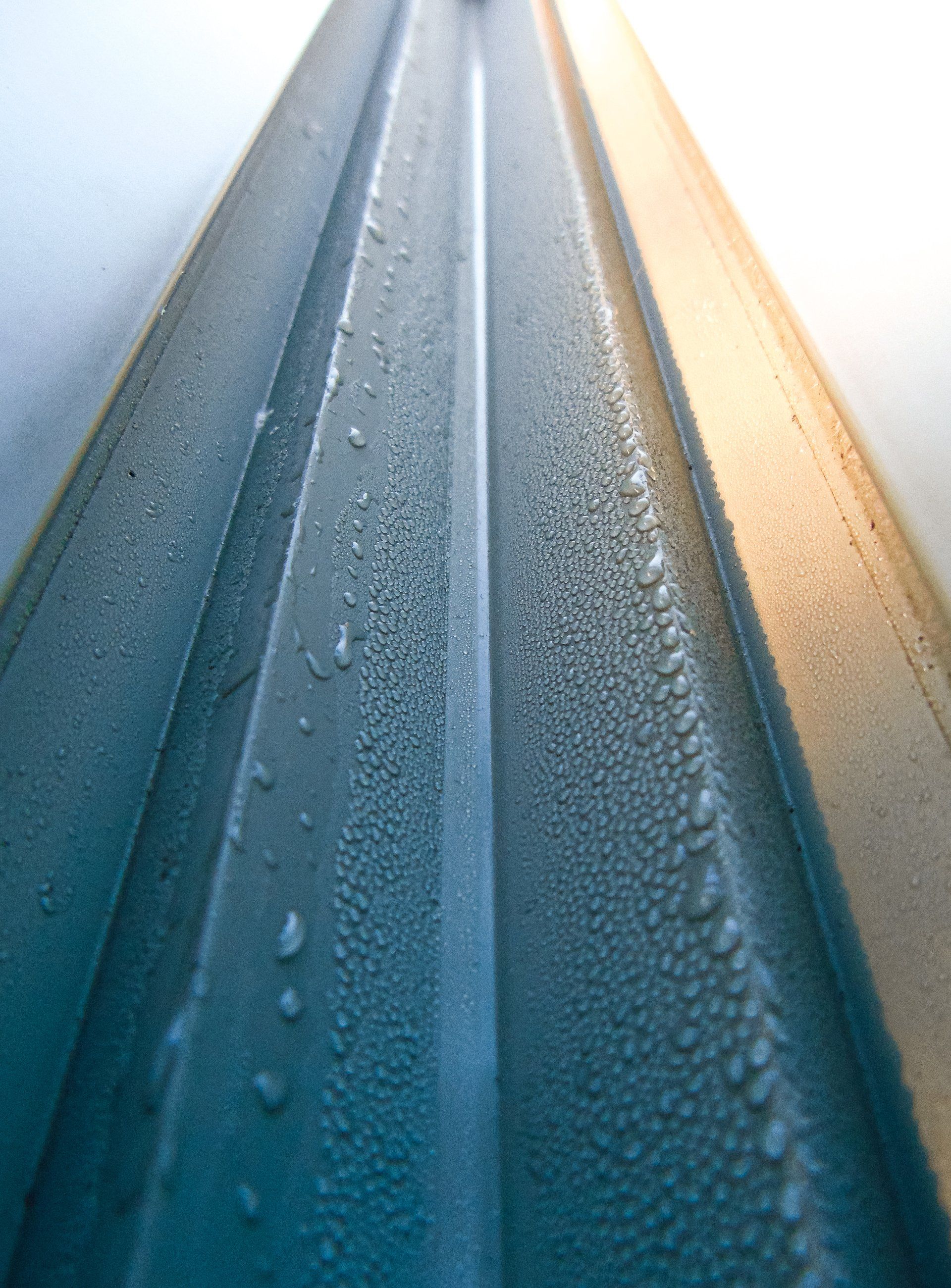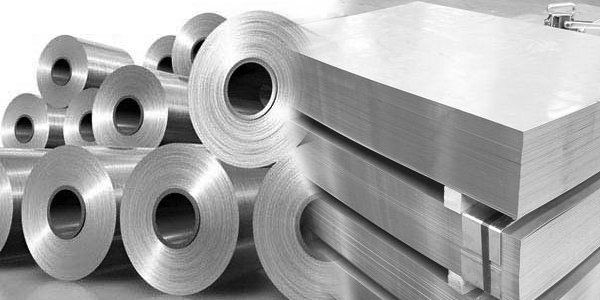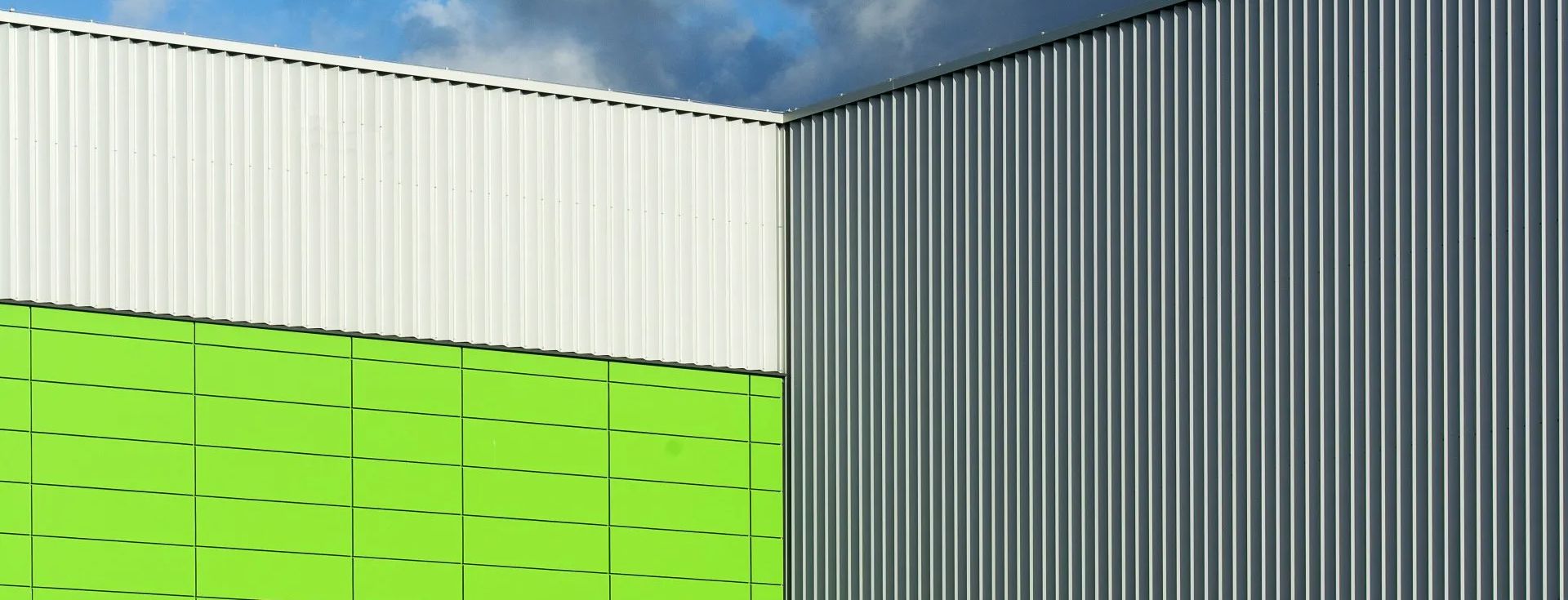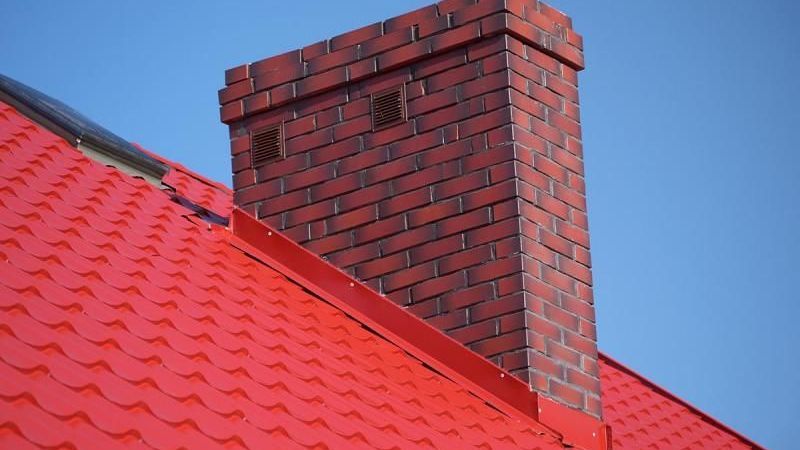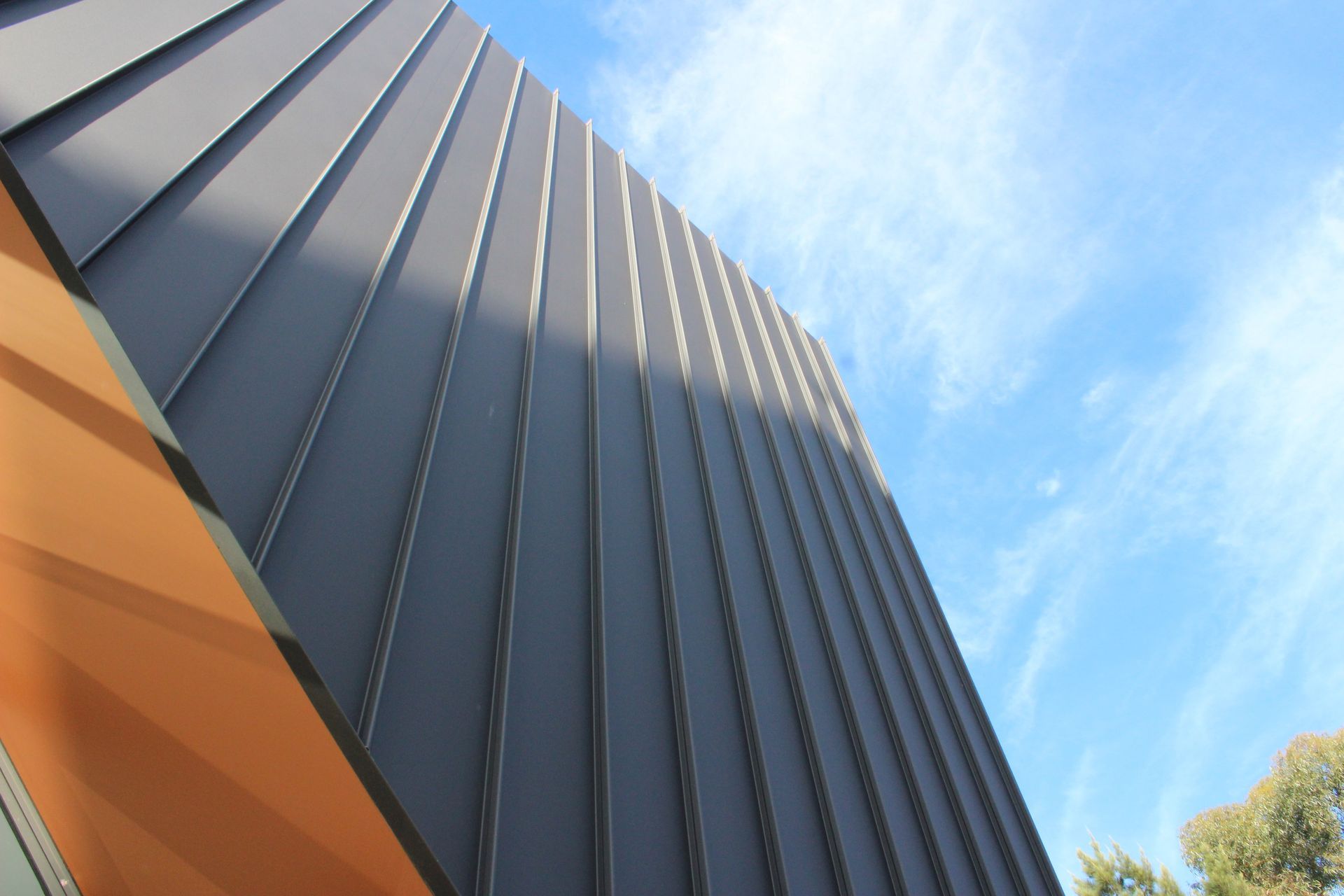Protect and Preserve: The Essential Role of Metal Flashing in Your Home
Metal flashing helps safeguard roofs, chimneys, and windows from water damage and leaks. When used in vulnerable areas like intersections and joints, metal flashing directs water away, preventing it from seeping into the building.
Different types of metal flashing, including step flashing, valley flashing, and drip edge flashing, have specific purposes in protecting against water infiltration.
Keep reading to learn the differences in metal flashing and how they ensure durability and resilience against the elements, especially at potential water entry points.
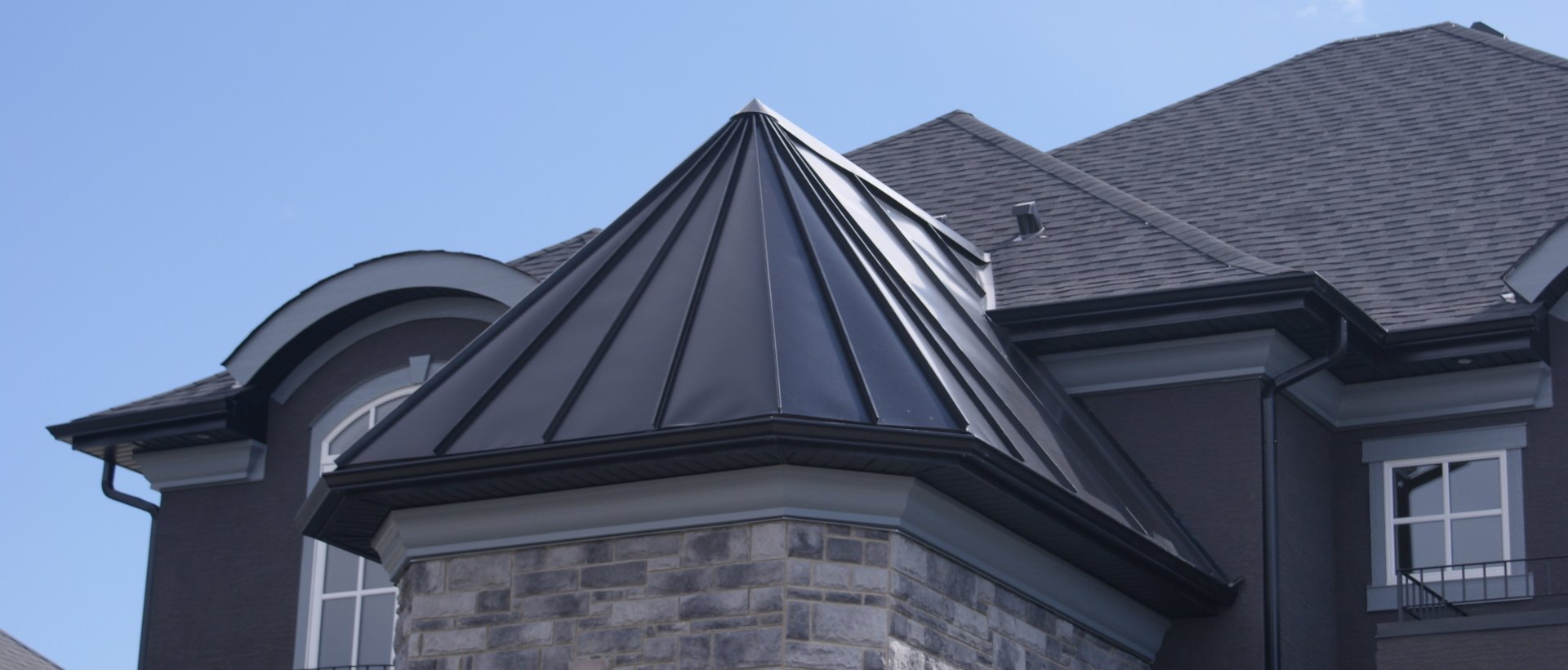
The Basics of Metal Flashing
Metal flashing involves placing thin metal sheets to redirect water away from at-risk areas like joints and transitions, preventing water damage. Its main purposes are diverting water, supporting sealants, and preserving structural integrity.
Choosing between materials depends on your project requirements, as each offers unique benefits:
- Aluminum flashing is lightweight and corrosion-resistant
- Copper flashing provides durability and aesthetics
- Galvanized steel is economical and sturdy
Metal Flashing for Roofs
Water leaks can lead to severe issues like rot, mould, and structural damage. Metal flashing for roofs acts as a protective barrier, enhancing the durability and longevity of roofing systems by mitigating the risks of water exposure. For example, valley flashing protects the roof where two slopes meet. This vee-shaped flashing forms to the roof joint and helps direct the water down to the eavestroughs. Another example is drip edge flashing. Professional roofers install this L-shaped flashing along the edges of the roof to help direct water away from the fascia into the eavestrough.
Chimney Flashing for Metal Roofs
Chimneys and other flat-sided structures protruding through the roof require step or cap flashing, which is rectangular metal bent in the center at a ninety-degree angle. This preventative measure provides a watertight seal, directing water away from the chimney joints and roof intersection points. Using metal flashing around chimneys on metal roofs enhances the resilience and longevity of roofing systems.
Window Metal Flashing
In window installations, metal flashing, often referred to as "window metal flashing" or "metal window flashing," protects against water damage by redirecting water away from joints and seams. This proactive measure prevents leaks, rot, and potential structural issues caused by water leaks.
Why it’s Important to Prioritize Quality Metal Flashing Materials and Installations
Roof leaks often stem from damaged or poorly installed flashing, particularly around chimneys, roof crickets, or dormers. It's one of the most prevalent causes of leaks. Improper roof flashing can potentially trigger wood rot and, in extreme cases, roof deck collapse.
For lasting protection, choose high-quality metal flashing materials like aluminum, copper, or galvanized steel. Invest in meticulous metal flashing installations to enhance your building's resilience, protect your investment, and ensure long-term safety.
Ready to Install an Industry-Leading Waterproofing & Weatherproofing Solution?
Metal flashing is a versatile way to safeguard different building parts by redirecting water away. From roofs and chimneys to skylights and windows, it prevents water damage and keeps structures strong.
Phoenix Metals in Calgary is a trusted name in the metalworking industry. With a reputation for reliability, durability, a commitment to precision, and a diverse material selection, we offer effective solutions for all your weatherproofing needs.
